Swim Nappies 101: A Quick Start Guide for Parents
When it comes to preparing for a trip to the pool or beach with your little one, choosing the right swim nappy can make all the difference. If you're a new parent or simply new to swim nappies, you might have questions like: How do swim nappies work? Are they different from regular nappies? And, what should I look for in the best swim nappies? This guide has you covered.
In this article, we’ll dive deep into the world of swim nappies, breaking down everything you need to know to make the best choice for your child and your family’s needs.
1. What Are Swim Nappies?
Swim nappies are specifically designed for use in water environments, whether it's at the beach, pool, or even a paddling pool at home. Unlike regular nappies, swim nappies are made to contain solids while allowing liquids to pass through. This prevents the nappy from becoming waterlogged, which could weigh down your baby or cause uncomfortable sagging.
2. Why Do You Need Swim Nappies?
Swim nappies are essential because they help maintain hygiene in communal swimming areas. A standard nappy absorbs liquids, which means it would become heavy and ineffective in water. Swim nappies, on the other hand, are designed to prevent any solid waste from entering the pool, keeping the water cleaner for everyone.
3. Types of Swim Nappies
There are two main types of swim nappies: disposable and reusable.
Disposable Swim Nappies
Disposable swim nappies are single-use and can be convenient, especially when traveling. They are made from materials that allow water to flow through while still containing solids. You can simply dispose of them after use, making them a popular choice for parents who want a hassle-free option.
Reusable Swim Nappies
Reusable swim nappies are made from durable, washable materials and can be used multiple times. These nappies often feature adjustable snaps or Velcro to grow with your baby, making them more economical and eco-friendly in the long run. They come in a variety of designs and colors, allowing you to choose something fun and stylish for your little swimmer.
4. Pros and Cons of Disposable vs. Reusable Swim Nappies
Choosing between disposable and reusable swim nappies depends on your family’s lifestyle, budget, and environmental considerations. Here’s a quick comparison:
| Feature | Disposable Swim Nappies | Reusable Swim Nappies |
|---|---|---|
| Convenience | Quick to use and dispose | Requires washing and drying after each use |
| Cost | Can be costly over time | One-time purchase, more economical long-term |
| Environmental Impact | Single-use, contributes to landfill waste | Eco-friendly, reduces waste |
| Fit and Comfort | Limited adjustability, disposable feel | Adjustable and softer on the skin |
| Style Options | Limited designs | Wide variety of colors and patterns |
5. Key Features to Look for in Swim Nappies
When shopping for the best swim nappies, keep an eye out for the following features to ensure a good fit, comfort, and functionality:
- Adjustable Sizing: Babies grow quickly, so choosing a nappy with adjustable snaps or elastic can provide a better fit and allow for growth.
- Breathable Materials: Look for materials that allow airflow to reduce the chances of irritation or rash.
- Secure Fit: A snug but comfortable fit around the legs and waist is essential to contain solids and prevent leaks.
- Ease of Cleaning: For reusable nappies, choose materials that are easy to clean and dry quickly.
6. When and Where to Use Swim Nappies
Swim nappies are suitable for use in public swimming pools, private pools, beaches, and other water environments. Many pools require swim nappies for babies and toddlers who are not toilet-trained to help maintain hygiene.
At the Pool
When using swim nappies at the pool, it's a good idea to bring extras, as accidents can happen. Some parents prefer to use disposable swim nappies at public pools for added convenience.
At the Beach
Swim nappies work well in both saltwater and freshwater. Just make sure to change them regularly and rinse reusable nappies after use to prevent sand or salt from causing discomfort.
7. How to Use and Change Swim Nappies
Using swim nappies is simple, but it's important to follow a few guidelines to keep your little one comfortable and ensure the nappy works effectively.
How to Put on a Swim Nappy
Ensure that the nappy fits snugly around your baby’s waist and legs. Avoid using creams or lotions on the skin before putting on the swim nappy, as these can impact the nappy’s fit and effectiveness.
Changing Swim Nappies
Change the nappy immediately after your child is done swimming. Disposable swim nappies can be discarded, while reusable ones should be rinsed out as soon as possible to avoid staining or odor.
8. Caring for Reusable Swim Nappies
Taking care of reusable swim nappies requires a bit of extra effort, but it’s worth it for the savings and environmental benefits. Here’s a quick guide to keeping them in top shape:
- Rinse After Use: Rinse the nappy thoroughly in cold water after each swim to remove chlorine, salt, and sand.
- Machine Wash: Wash with baby-safe detergent and avoid fabric softeners, which can affect absorbency.
- Air Dry: Reusable swim nappies dry quickly when air-dried, and air drying helps prolong the lifespan of the fabric.
9. Choosing the Right Size for Swim Nappies
Getting the right size is crucial to avoid leaks and keep your baby comfortable. Most swim nappies come with a weight guide to help you pick the best fit for your child. Adjustable reusable nappies can be ideal as they can grow with your child, allowing for better value over time.
10. Common Myths about Swim Nappies
Many parents have misconceptions about swim nappies. Let’s debunk a few:
-
Myth #1: Swim nappies absorb liquids.
Reality: Swim nappies are designed to contain solids only. Regular nappies absorb water, making them heavy and ineffective for swimming. -
Myth #2: You can reuse disposable swim nappies.
Reality: Disposable swim nappies are meant for one-time use only. Reusing them may lead to leaks and discomfort. -
Myth #3: You don’t need a swim nappy if your child is wearing a swimsuit.
Reality: Regular swimsuits don’t provide the necessary containment. A swim nappy is essential for hygiene in shared swimming areas.
11. Eco-Friendly Alternatives to Disposable Swim Nappies
If you’re environmentally conscious, reusable swim nappies are a fantastic option. They’re designed for durability and can last through multiple children if properly cared for. Choosing reusable nappies reduces waste and can be more affordable over time.
12. Top Tips for Using Swim Nappies
To make the most of swim nappies, follow these handy tips:
- Always Bring Extras: Accidents happen, and having a backup nappy on hand is always a good idea.
- Check for Fit Regularly: Babies grow quickly, so double-check the nappy size to ensure a comfortable, leak-proof fit.
- Rinse Immediately: Rinse reusable swim nappies right after swimming to keep them fresh and odor-free.
Conclusion
Choosing the right swim nappy can make water play a fun and stress-free experience for both you and your baby. By understanding the different types, features, and care tips, you’ll be well-equipped to pick the best swim nappy that suits your family’s needs. Whether you go for the convenience of disposables or the eco-friendliness of reusables, you can feel confident knowing your little one is ready for a safe, clean, and enjoyable time in the water.


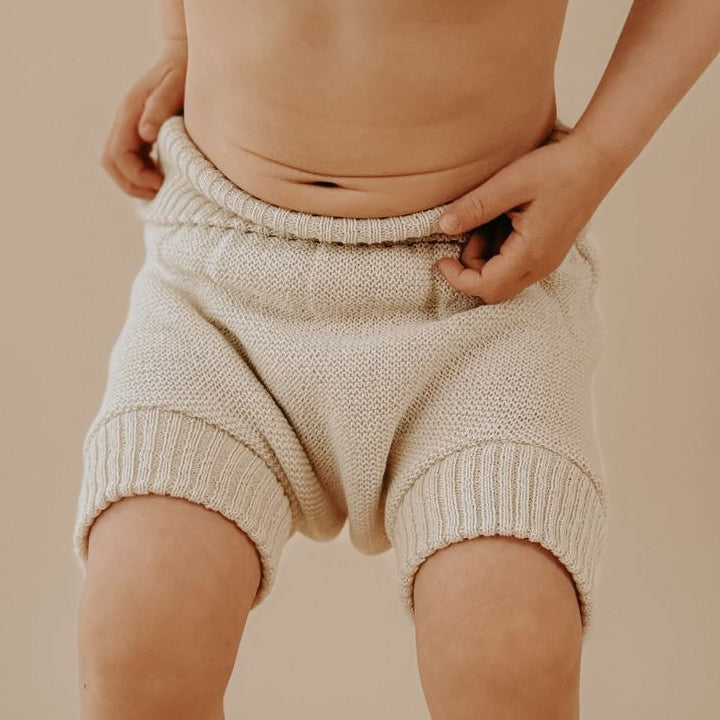
![Swim Nappy Bundle [Ship Oct 5 - 10] - Mimi & Co](http://mimiandco.com.au/cdn/shop/files/swim-nappy-bundle-ship-oct-5-10-5796576.jpg?v=1761125410)

![Toilet Training Undies Pants [Jan Preorder] - Mimi & Co](http://mimiandco.com.au/cdn/shop/files/toilet-training-undies-pants-jan-preorder-6316642.jpg?v=1766216229&width=1200)
![Reusable Bamboo Mimi™ Wipes [5 Pack] - Mimi & Co](http://mimiandco.com.au/cdn/shop/files/reusable-bamboo-mimi-wipes-5-pack-7600782.jpg?v=1761445103)


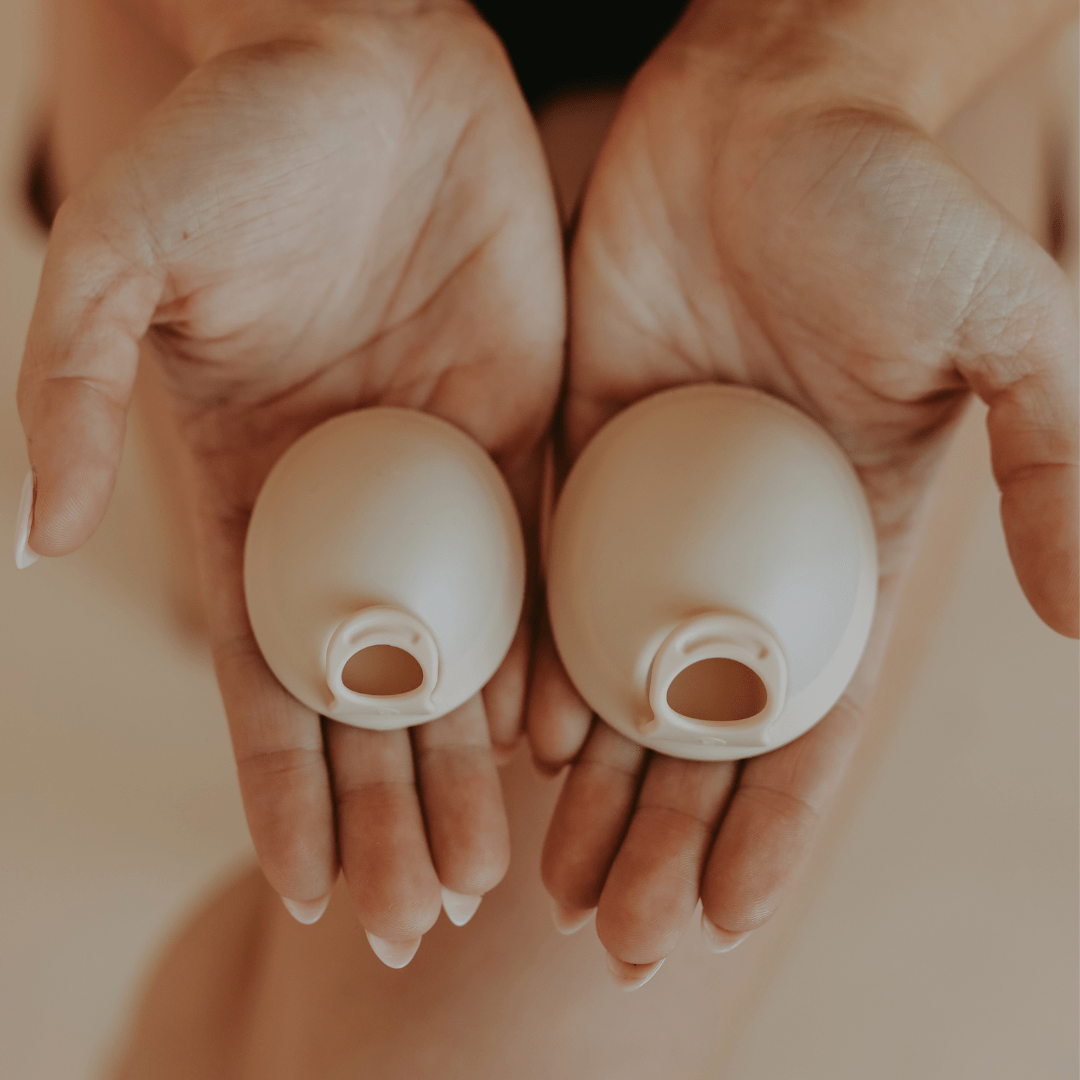
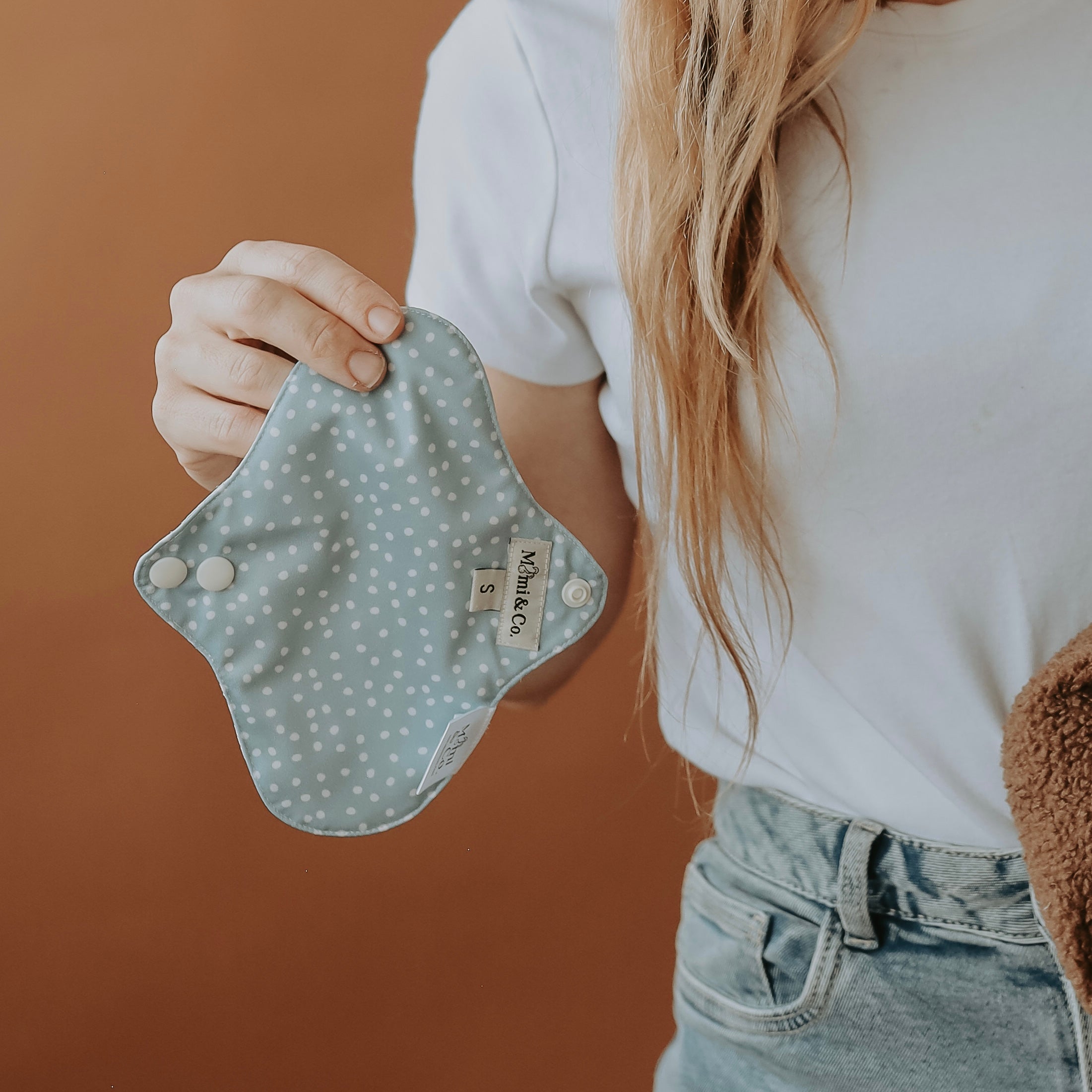
![Reusable Mimi® Menstrual Underwear [Shipping 31/9] - Mimi & Co](http://mimiandco.com.au/cdn/shop/files/reusable-mimi-menstrual-underwear-shipping-319-6508918.png?v=1759809525)
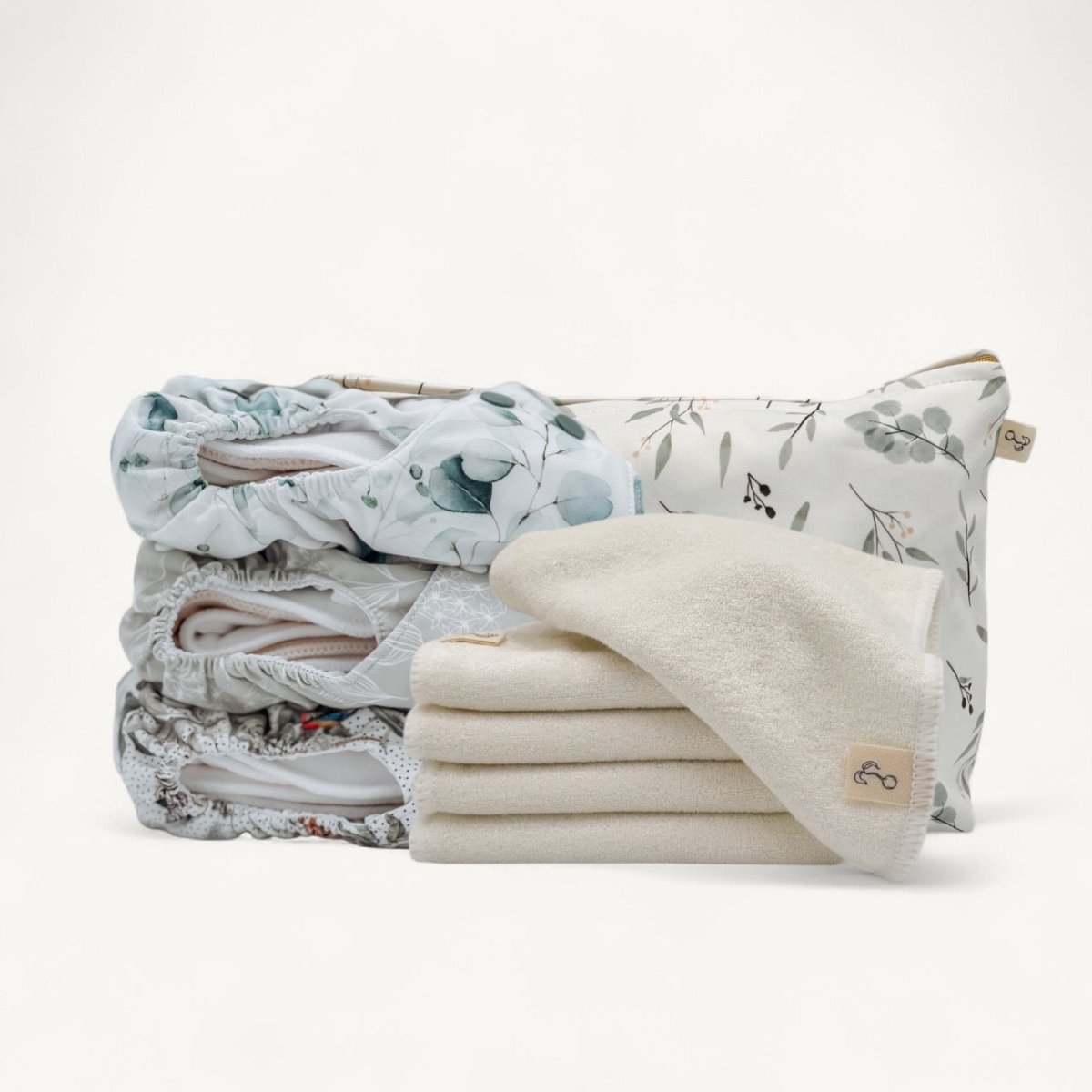





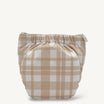
![One Size Fits Most Preflat [PreOrder] - Mimi & Co](http://mimiandco.com.au/cdn/shop/files/one-size-fits-most-preflat-preorder-761880.webp?v=1759809321&width=104)

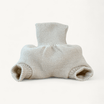

![Toilet Training Undies Pants [Jan Preorder] - Mimi & Co](http://mimiandco.com.au/cdn/shop/files/toilet-training-undies-pants-jan-preorder-6316642.jpg?v=1766216229&width=104)
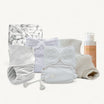


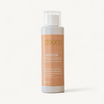
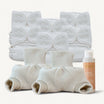
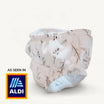
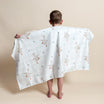

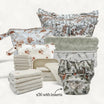
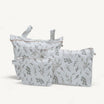
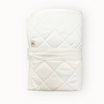
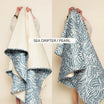
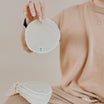
![Reusable Bamboo Wipes [5 Pack] - Mimi & Co](http://mimiandco.com.au/cdn/shop/files/reusable-bamboo-wipes-5-pack-580411.webp?v=1764820089&width=104)
![Organic Cotton Wipes [5 Pack] - Mimi & Co](http://mimiandco.com.au/cdn/shop/files/organic-cotton-wipes-5-pack-7079645.png?v=1759809401&width=104)
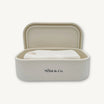
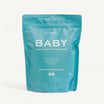
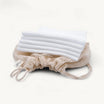

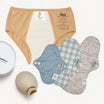
![Reusable Mimi® Menstrual Underwear [Shipping 31/9] - Mimi & Co](http://mimiandco.com.au/cdn/shop/files/reusable-mimi-menstrual-underwear-shipping-319-6508918.png?v=1759809525&width=104)
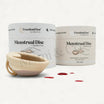
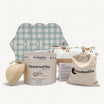


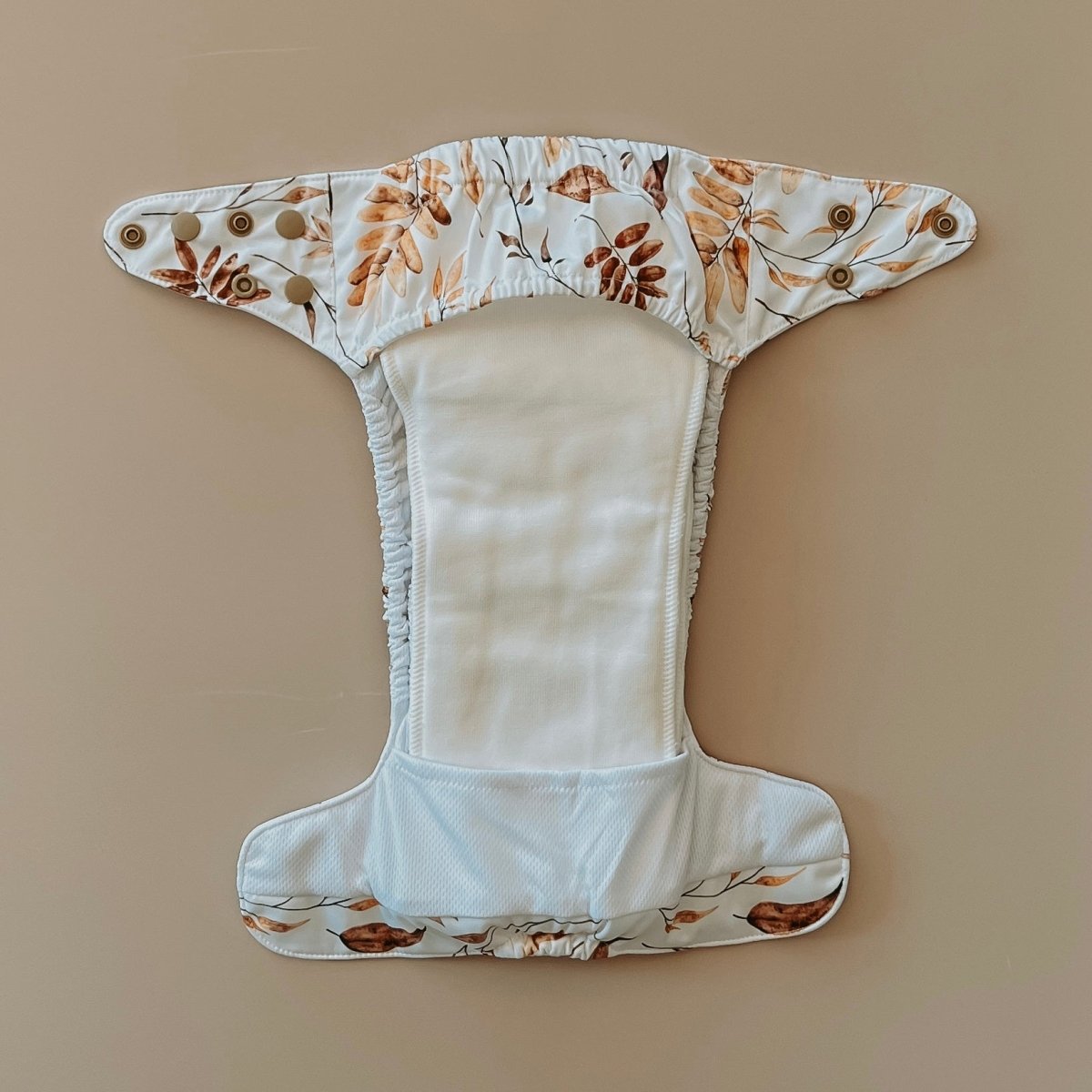




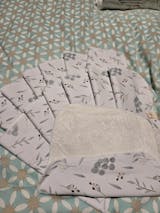
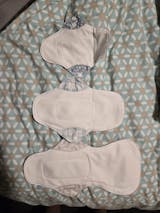
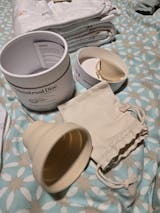
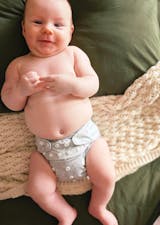
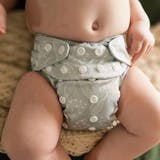
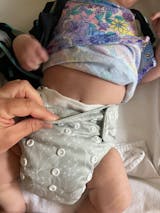
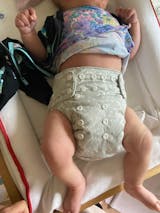
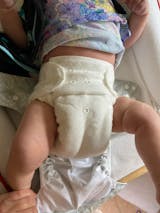
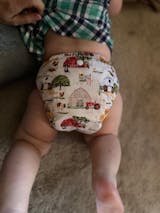
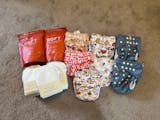
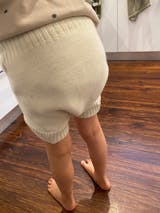

Leave a comment
All comments are moderated before being published.
This site is protected by hCaptcha and the hCaptcha Privacy Policy and Terms of Service apply.